Quite possibly, according to a new study, but "other estimation techniques could give different results. You need to look at many such analyses & triangulate.” says @jikorsbakken
THREAD 1/
carbonbrief.org/chinas-emissio…
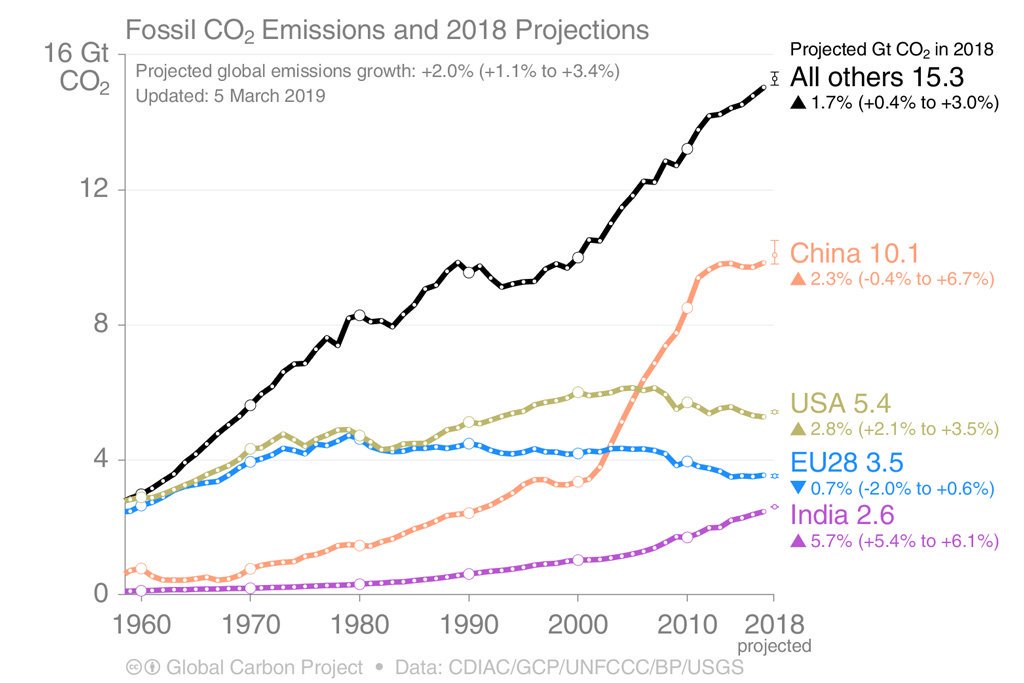
The ups & downs are driven by coal, often related to credit availability (infrastructure), with oil & gas growing handsomely...
2/
carbonbrief.org/guest-post-chi…
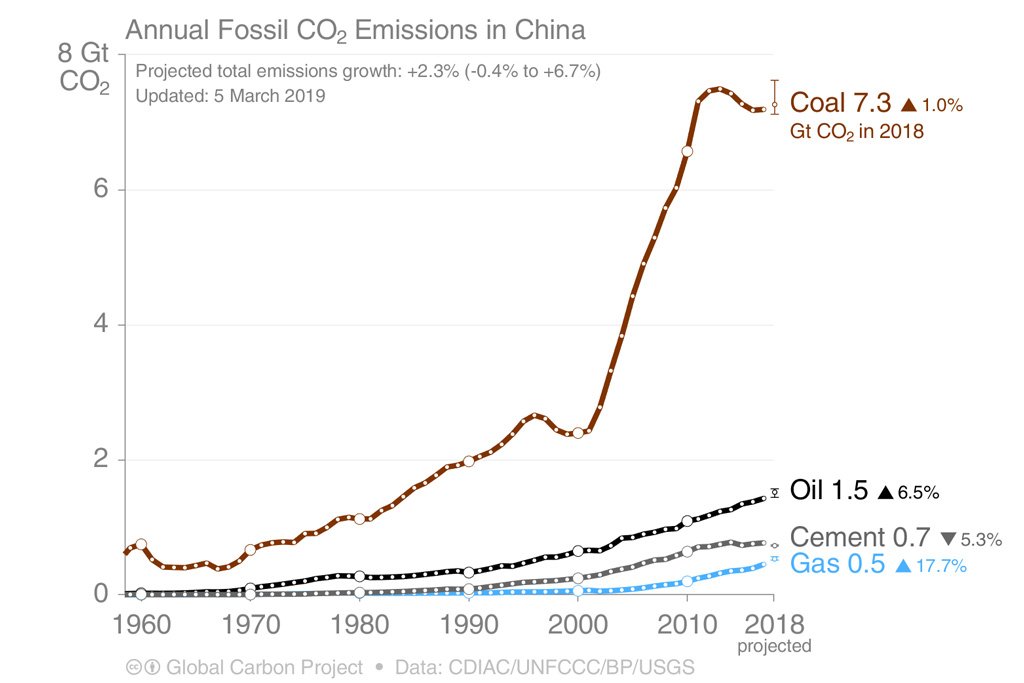
3/
rdcu.be/bMGo4
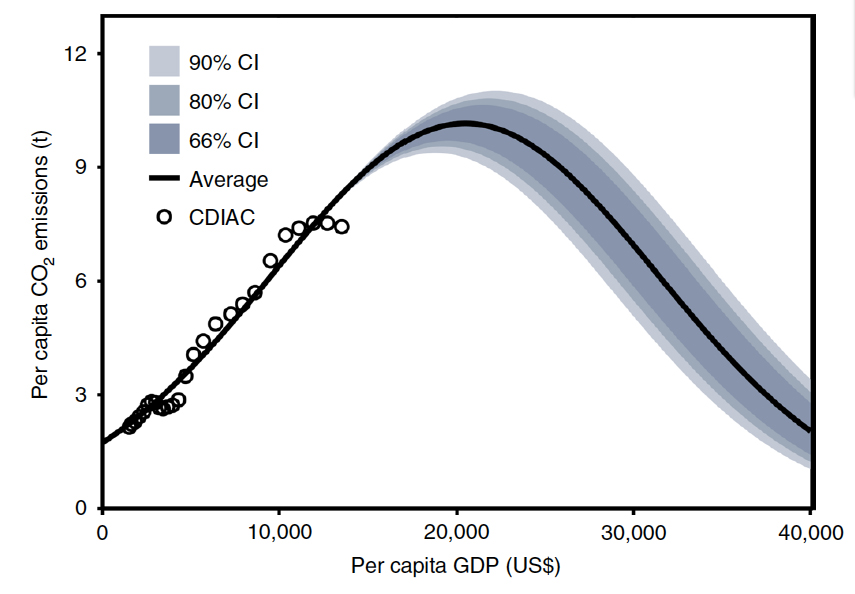
But "At some point, you run out of places to move heavy industry & power plants" @jikorsbakken, implying not all of China can follow the same EKC structure as some cities.
4/
carbonbrief.org/chinas-emissio…
Summary: Many studies show an EKC for local pollutants (SO₂), but for energy & global pollutants (CO₂) the case is more complex.
Having said that, if we keep <2°C, all countries will exhibit an EKC for CO₂...
5/
Is a peak before 2030 business as usual?
6/
cicero.oslo.no/no/posts/klima…
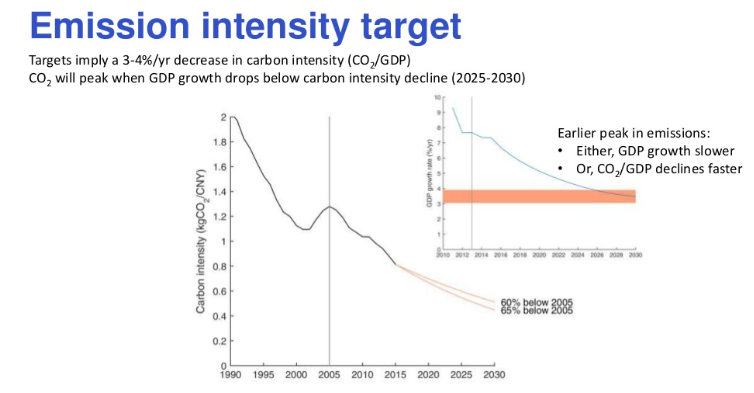
"[t]he Chinese economy is driven by credit & credit availability, ... determined by the central government ... the Chinese economy was going to slow down with or without a trade war".
7/
bbc.com/news/business-…
In any case, while a peak is important, far more important is reducing emissions after the peak, which is far, far harder... 2°C pathways follow the grey area...
cicero.oslo.no/no/posts/klima…
8/
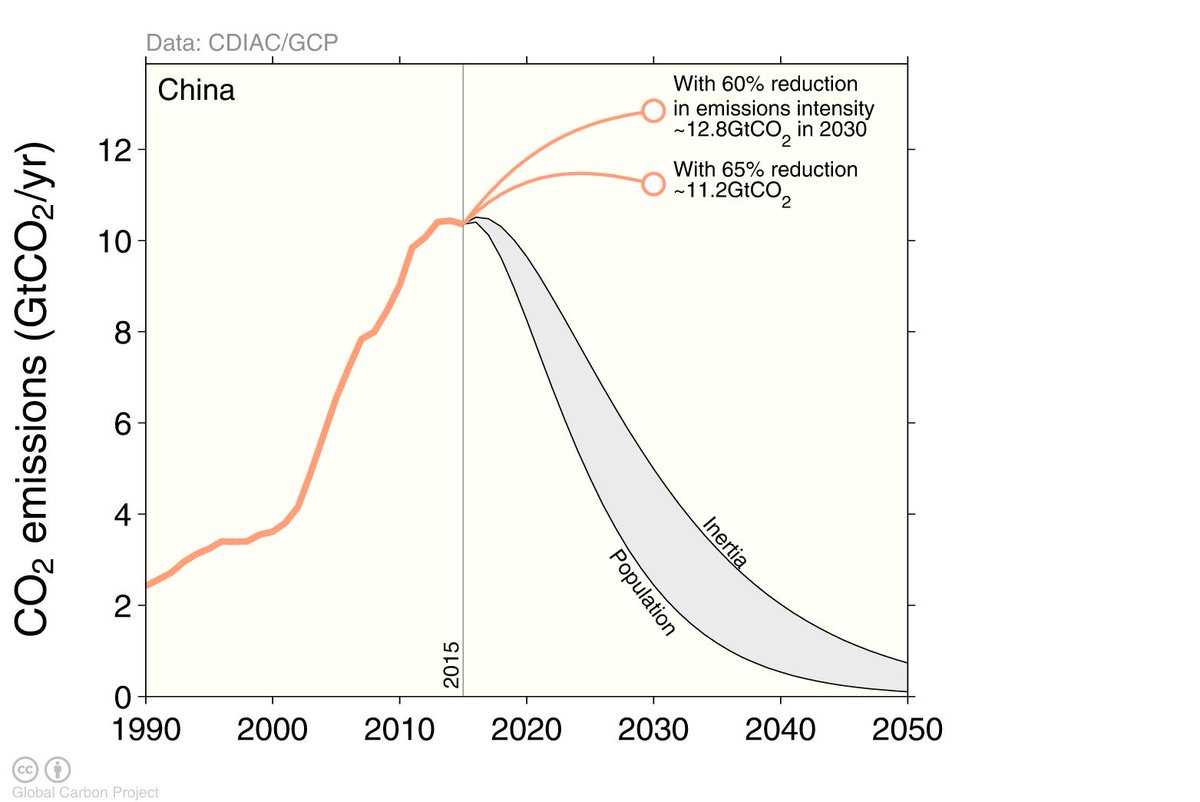
We (@gcarbonproject) tried to publish a study using a similar approach a few years back, but constantly rejected... Reviewers were not convinced of the statistics!
Figure shows CO₂ emissions per capita as a function of time (by province).
10/10









